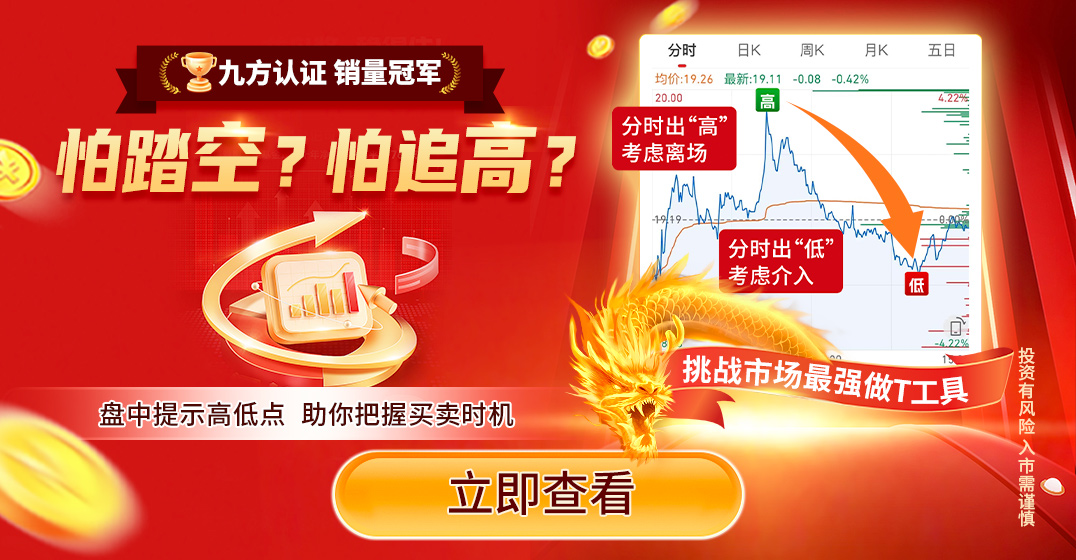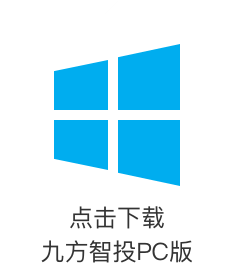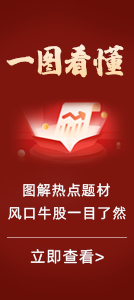Action
Sun Paper’s Laos production base has entered the seventeenth year of operation. We believe that Laos boasts abundant forest resources, and Sun Paper has built competitive edges in forest land resources, seed breeding capabilities, infrastructure construction, local employee training, and cooperation with residents. We expect the firm to consolidate its cost advantages in wood chips and believe that its Laos base is likely to become a key growth engine for the company in the next five to 10 years.
Reasoning
Laos: A treasure trove of cost-efficient wood chips. Laos boasts multiple advantages in the abundance and utilization of forest resources. 1) Laos has favorable natural conditions, with a forest area of about 16.5mn hectares and a forest coverage rate of 72% in 2022, providing abundant natural water and heat resources conducive to the growth of eucalyptus and other trees. 2) The land rent, labor costs, and transportation expenses in Laos are notably lower than those in China. 3) Laos enjoys geographical proximity to southwestern China, facilitating the transportation of raw materials and finished paper products.
Many international papermaking leaders have attempted to cultivate trees in Laos, but only Sun Paper remained steadfast and eventually established a solid foothold in this region after a decade of dedicated effort - it entered Laos in 2008 and started large-scale afforestation in 2018.
Sun Paper: Forging core competitiveness following 16 years of experience in forest land operations in Laos.
1) Accumulating technological expertise and focusing on sustainable development: The firm has built a high-standard, modernized seedling breeding base in Laos. In 2017-2018, it stepped up efforts to plant trees after spending a decade cultivating tree species ideal for the paper industry and improving the quality of seeds.
2) Setting an example for leveraging local human resources and promoting localized operations: Sun Paper works with Laotians and continues to leverage local human resources. At present, local employees account for more than half of Sun Paper’s workforce at the Laos production base. Many of them are involved in seedling cultivation, planting, tending, harvesting, pulping, and papermaking.
Some key local employees have already taken up leadership positions.
3) Cooperating with local people based on the innovative “3+2” model: The “3” refers to seeds & seedlings, planting technologies, and sales channels provided by Sun Paper, while the “2” are land, and human resources from Laos. Sun Paper shares a portion of income with the latter every year. The firm is also committed to public welfare and improving local infrastructure.
Cost advantage solidified; resource products to be re-rated in the medium and long term. Sun Paper plants more than 10,000 hectares of new forest land each year. We estimate that by 2030, the stock of wood chips from Laos could generate potential cost savings of more than Rmb1bn. Sun Paper is the only Chinese frontrunner with ample forest land reserves overseas, and we think its efforts will soon pay off. We expect the firm to continue solidifying cost advantages.
A growing number of domestic papermaking firms are enhancing their capabilities of pulp production, while Sun Paper has forged a competitive edge in forest land resources and gained a cost advantage in wood chips. We expect its forest land and wood chip assets to be re-rated as resource products. In the medium and long term, we are optimistic that the company will generate excess returns by solidifying cost advantages, improving management, and enriching product portfolios.
Financials and valuation
Given weak industry demand and short-term pressure on prices, we lower our 2024 and 2025 earnings forecast 4% and 4% to Rmb3.1bn and Rmb3.35bn, and introduce 2026 earnings forecast at Rmb3.59bn. The stock is trading at 12x 2025e and 11x 2026e P/E. We roll valuation over to 2025, and maintain an OUTPERFORM rating and our target price of Rmb18, implying 15x 2025e and 14x 2026e P/E, offering 28% upside.
Risks
Disappointing demand; sharper-than-expected fluctuations in costs; production capacity increases more than expected; risks related to overseas base operations.
















